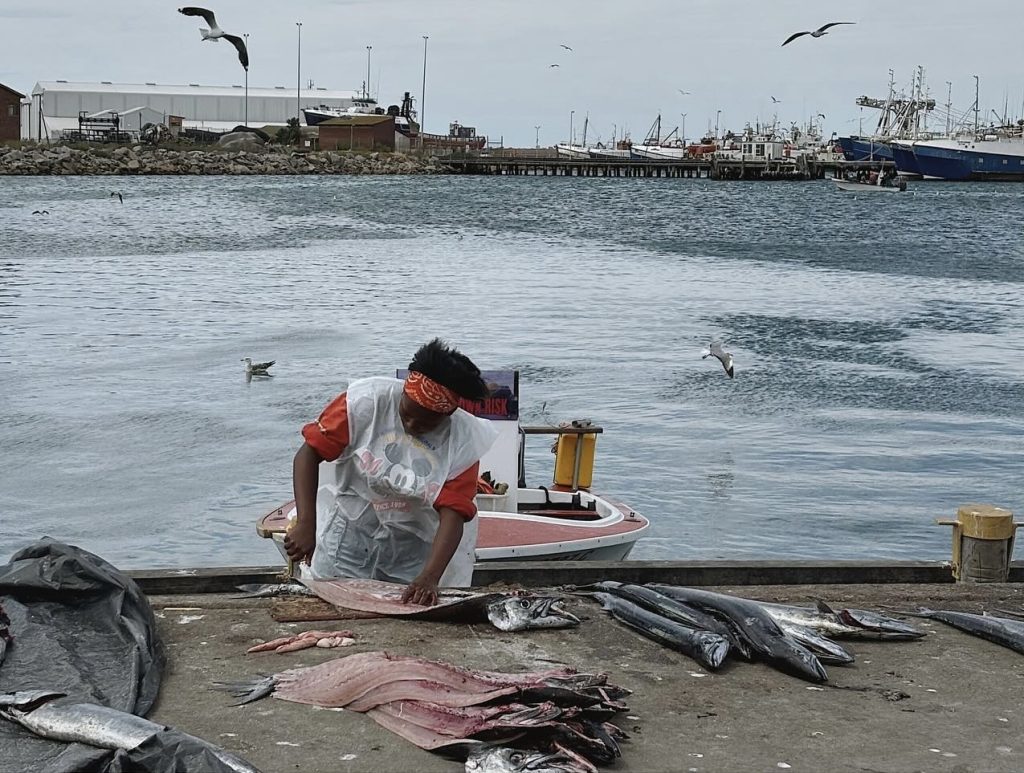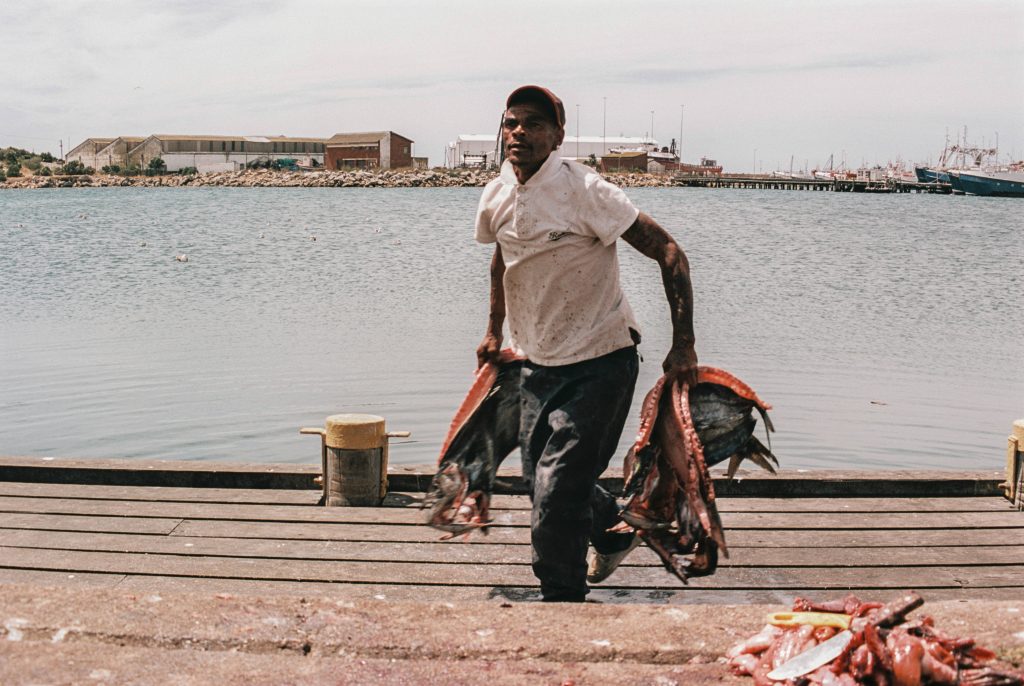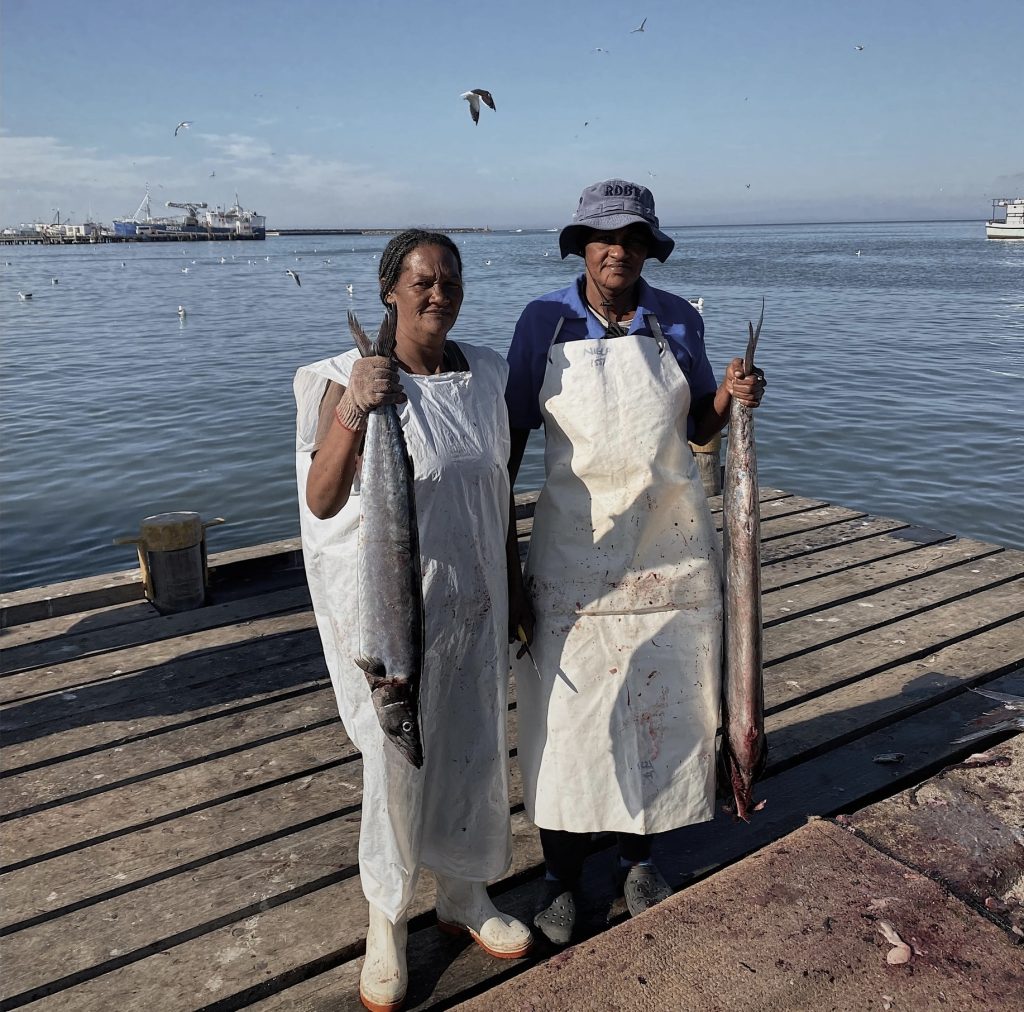With a heavy focus on Neighbourhoods as the subject matter of our next title, Colored stories cannot be overlooked. A very interesting subject because while South Africa’s photographic landscape has diversified, Coloured stories’ or representation remains minimal. The radical focus on Black Lives mattering, diversity and redressing past racial injustices has largely centered photographic and political attention on the “Black experience”, leaving Coloured stories in the shadows. Although, and kudos, the South African media has made progressive strides in showcasing more diverse perspectives, regardless, Coloured South Africans are often still relegated to secondary or discriminatory roles. For a century, at least, the Cape and Jozi Coloureds have existed at the intersection of multiple identities, shaped by indigenous heritage, colonial history, and apartheid-era social engineering. Yet, in contemporary South Africa, Coloured people remain politically, socially, and economically marginalized—a group too often overlooked in national discourse despite their rich cultural contributions and historical significance. Through photographic and cultural research, it is evident that Coloured South Africans find themselves in a paradox: neither dominant nor fully included, neither politically powerful nor sufficiently acknowledged. In the Western Cape, where Coloured people make up the largest demographic, socio-economic conditions remain dire as we see communities grapple with high unemployment, rampant street violence, and inadequate service delivery. The perception that Coloured people are “not Black enough” for certain empowerment programs has further fueled resentment and disillusionment that often leave Coloured professionals and artists struggling to access opportunities.
Born and raised in Cape Town, film director and photographer Melany Ismail, in response to underrepresentation in the media, has dedicated her craft to documenting the social ecology and living conditions of coloured communities with sincerity and depth. Her photography does more than capture images—it serves as an authentic portrayal of coloured people in their natural habitat, celebrating their resilience, culture, and humanity. Rather than focusing on the hardships imposed by apartheid, she challenges societal stereotypes, reclaiming dignity and pride for a people too often overlooked. With a keen eye for raw authenticity, Melany employs a photographic aesthetic that strips away pretence, offering a deeply intimate perspective on Cape Town’s coloured communities. Her work is not merely visual documentation but a tribute—an act of love and recognition for a culture rich in history, perseverance, and beauty, all fully expressed in this brief and exclusive conversation.
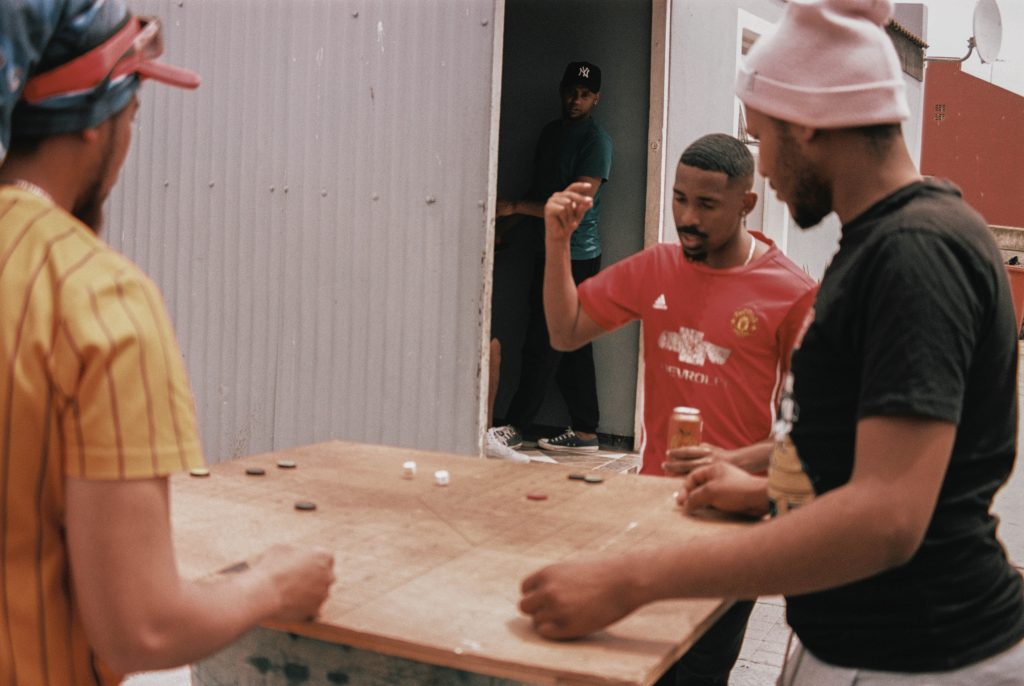
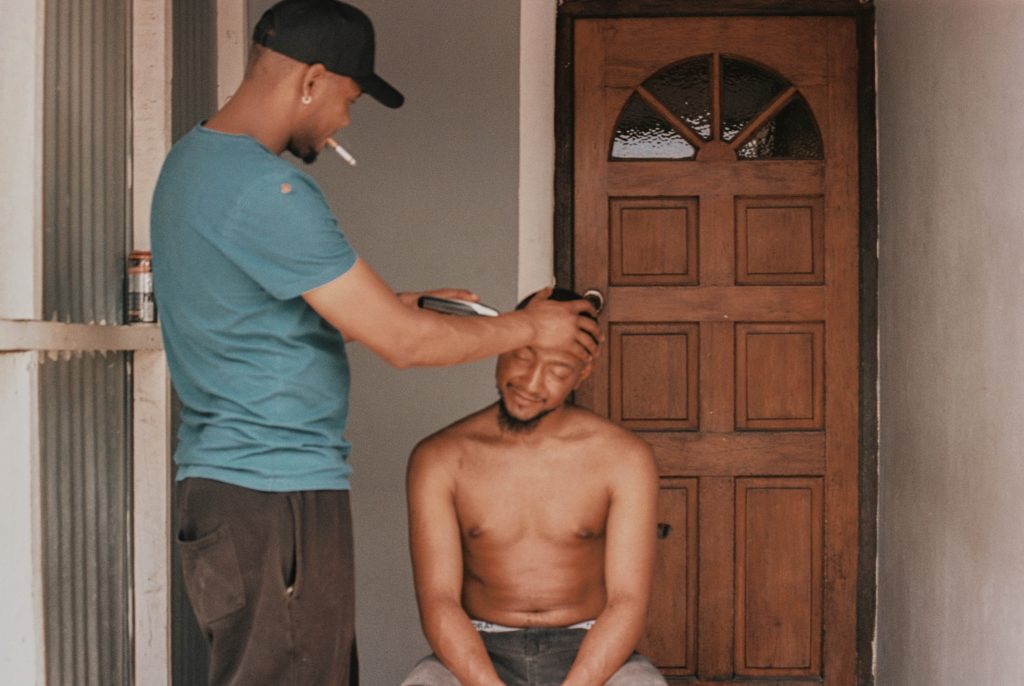
Could you please introduce yourself? Tell us a little about your upbringing, where you call home, and how you found your way to photography.
I was born and raised in Cape Town, in Manenburg specifically, and then we moved to Mitchell’s Plain. We are all from the Plain. In the early nineties, when South Africa opened up, my parents moved us to Joburg for them for better work opportunities, but culturally we are, I am cape coloured. I started photographing coloured people merely because I love us just as we are. I wanted to then just unashamedly salute us. I began by capturing the people around me, friends and family, because there was already that familiarity, and I could get intimate.


What are some of your fond memories from growing up in the Cedarberg mountains, according to your brief on the DIE WUPPERTHALLERS? Which memories do you hold on to most, enough to always go back to photograph the place?
My parents sent us to my grandparents in Wupperthal every single school holiday. It’s quite arduous to get there; you travel through mountains on dirt roads, back then and even now. It’s hidden and secluded and in a way, because of that – time stands still there. Every time we returned to it, we would just pick up right where we left off. That feeling, that escape from time, is why I will never stop going to Wupperthal. I started photographing daily life in Wupperthal because I wanted to see if I could capture that feeling in a photograph, our moments, stuck in time, in our hidden place.
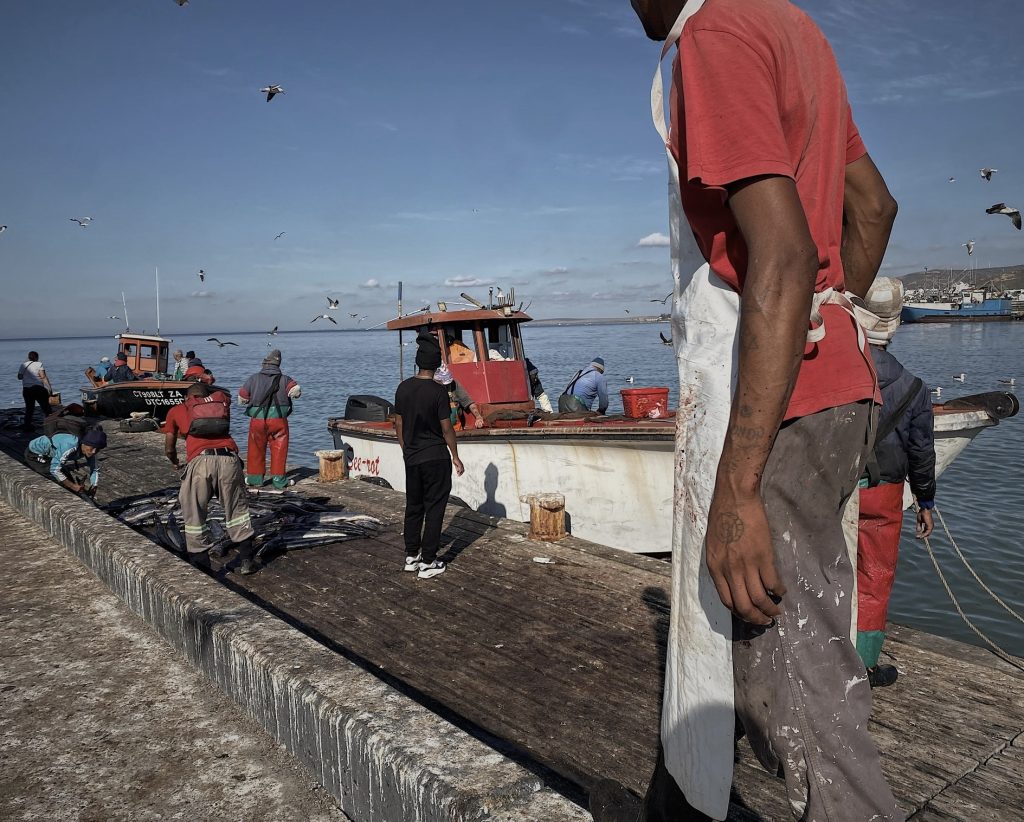
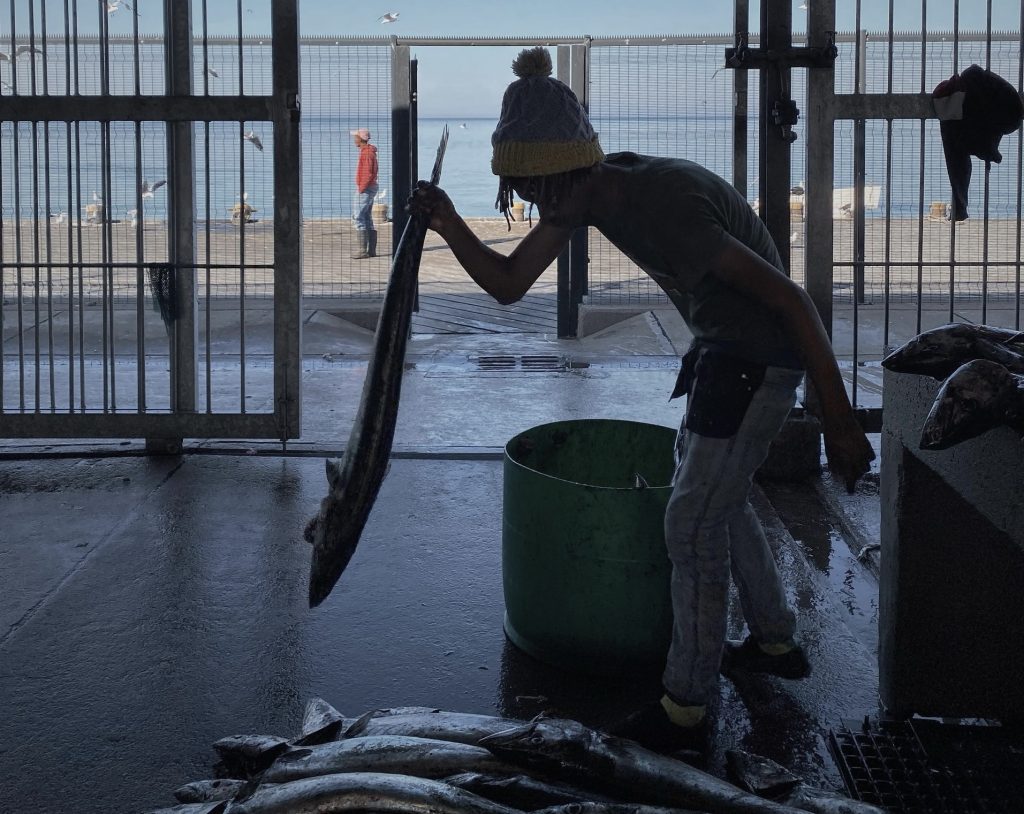
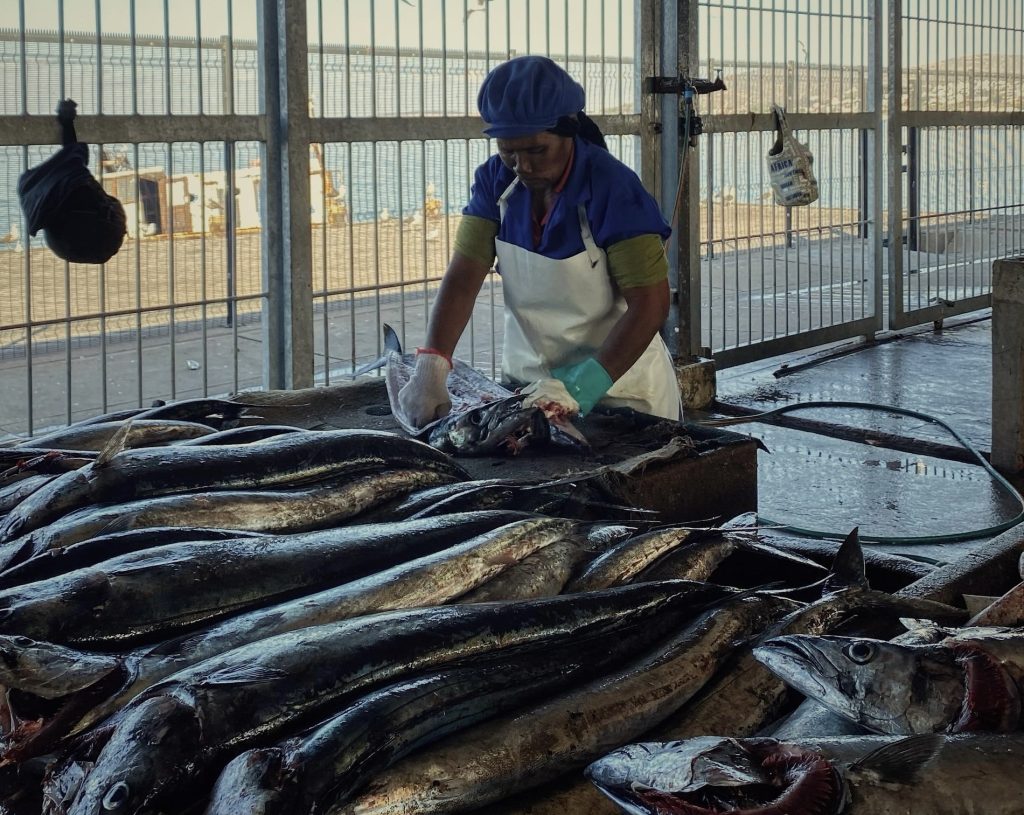
The term “coloured” is frequently used in South Africa, often carrying different connotations—at times as a warning, at others as a slur, and occasionally with a sense of pride. Could you explain, in simple terms, what it means to be a “coloured” person in South Africa and the historical origins of this label?
To me, I don’t get stuck on the word “coloured”; they can change the name, and I’ll call it that for all I care. I only care about the people and the rich and colourful culture that we have cultivated over the years. We are many things, a melting pot of heritage and ethnicities from around the world, but we’ve taken it all and created a new thing. I love the inclusion and evolution of that; it speaks to the adapt and survive mentality of coloured people, the resilience.
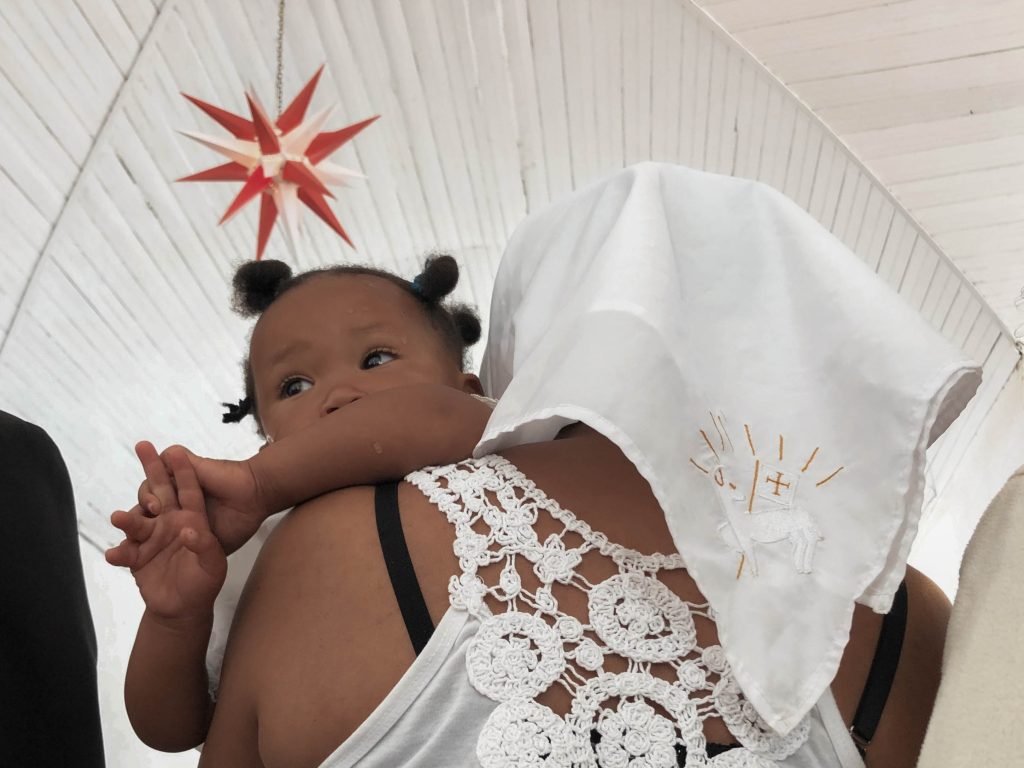
In the list of images you sent us regarding your documentation on coloured folks, which is your favourite image and what is the story behind it?
I don’t have a favourite. I feel a strong affinity with all the people in my photographs. I feel love and appreciation for them for granting me the opportunity to capture them just as they are, but I will be indulgent anyway and pick two. These two photos place me right there in the moment, objectively. They don’t feel like they have a viewpoint. My take on it as a photographer is that it almost disappears, and all that’s left is the people in the photograph. I feel close in proximity to the girls in the pictures, and I sense a trust from them. Interestingly, my daughter was lying with the girls in the second photograph, but I didn’t frame her in the photo; it helped to justify my close presence, and I could wait for the right moment to capture the feeling I wanted.
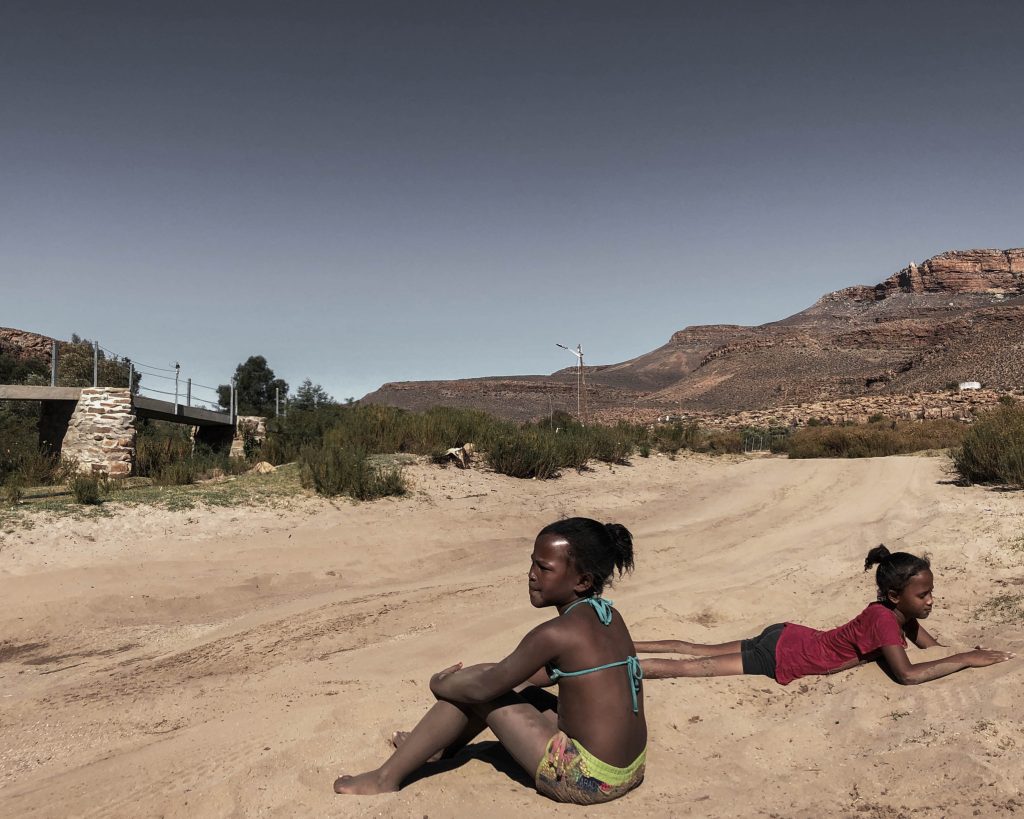
How do you feel the legacy of apartheid continues to shape your experiences and opportunities today as a coloured artist in South Africa, and what changes would you like to see in the future?
Coloured stories are often culturally appropriated or, even worse, glorified – that is the downside of being an inherently cool people. People copy our style, and too often, the effect of apartheid on coloured people is overlooked; it’s all surface level. As for opportunities, there are not a lot that allows for coloured representation, for example in Advertising they refer to coloured people as cappuccinos, but that also means a mixed race person, they can’t even commit to casting a coloured person, let alone have the story or film portray a proper representation of the coloured culture that mind you, is a big one in our country. I just want to see coloured people represented as a race in mainstream media in South Africa; that’s simple.
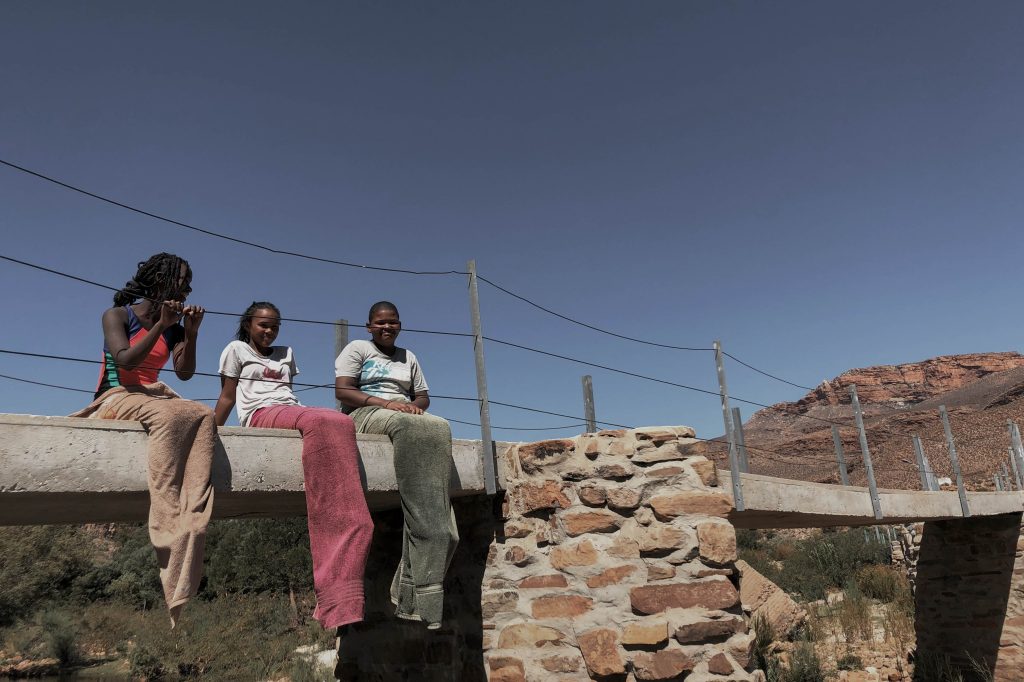
Are there particular photographers or filmmakers whose work you find influential and from whom you draw inspiration within the field of media arts?
I did not set out to be a photographer (my background and “day job” is as a film director), but I have an innate desire to capture coloured people and tell our stories. If anything, I am influenced and inspired by coloured people and coloured communities. I keep myself open and allow myself to be led by the people I photograph. What I see is so beautiful to me, and I am just so lucky to be coloured too and share our space so that I can capture us.
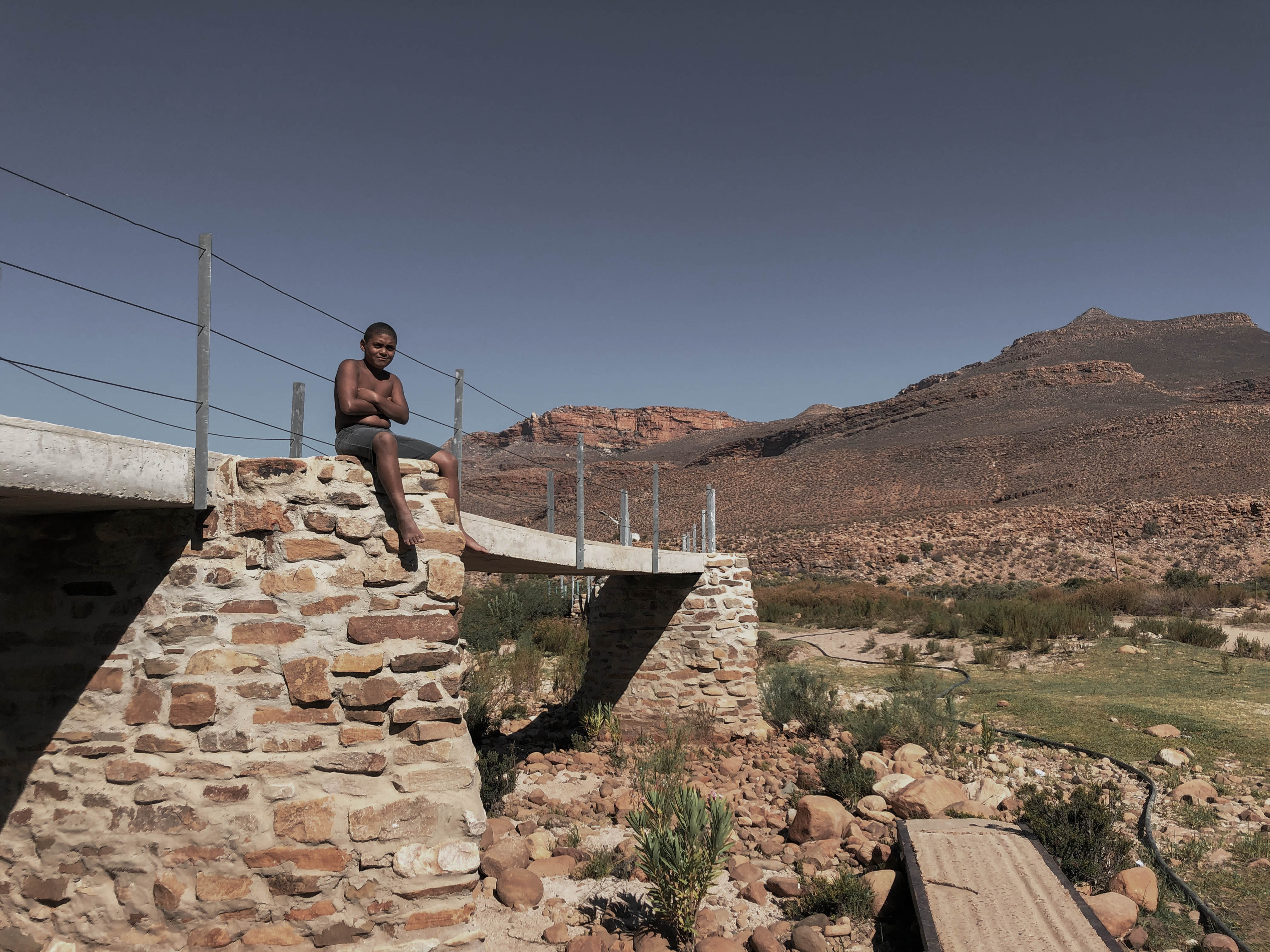
In what ways do you feel your cultural identity is celebrated or challenged in South Africa’s evolving society?
I see more and more coloured artists and creatives, especially younger people, capturing and sharing our stories, celebrating our culture – true and proud. I want to see our coloured stories saturated in our society – by us.
